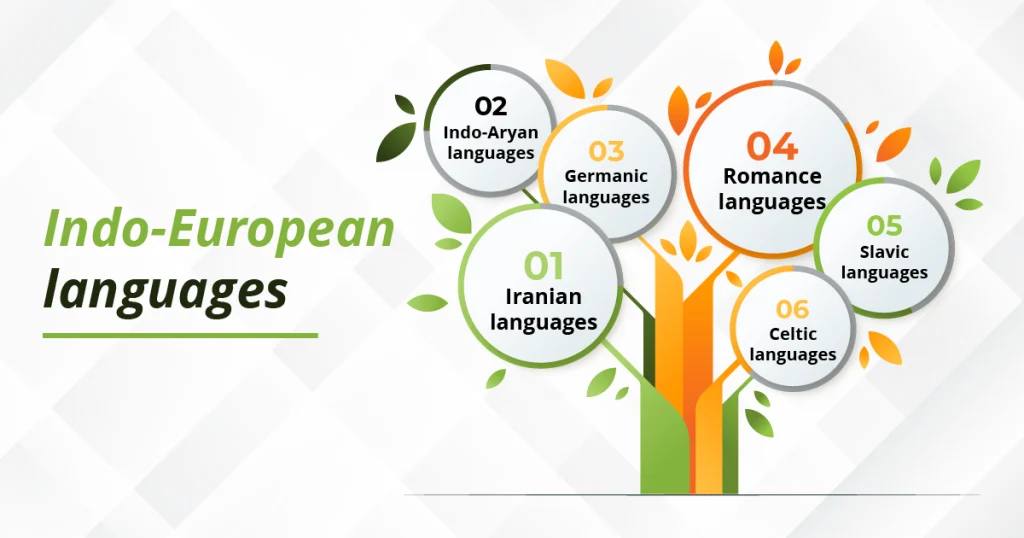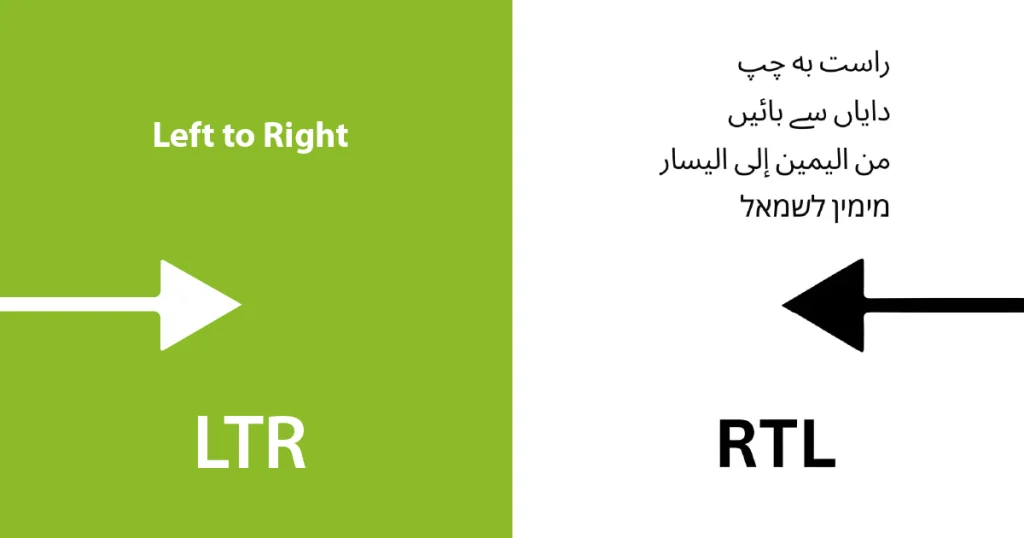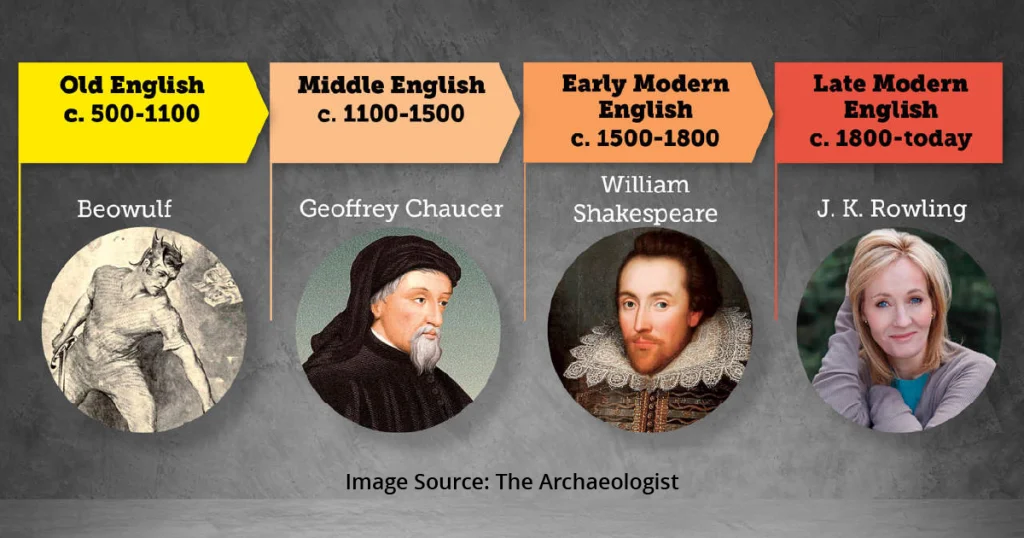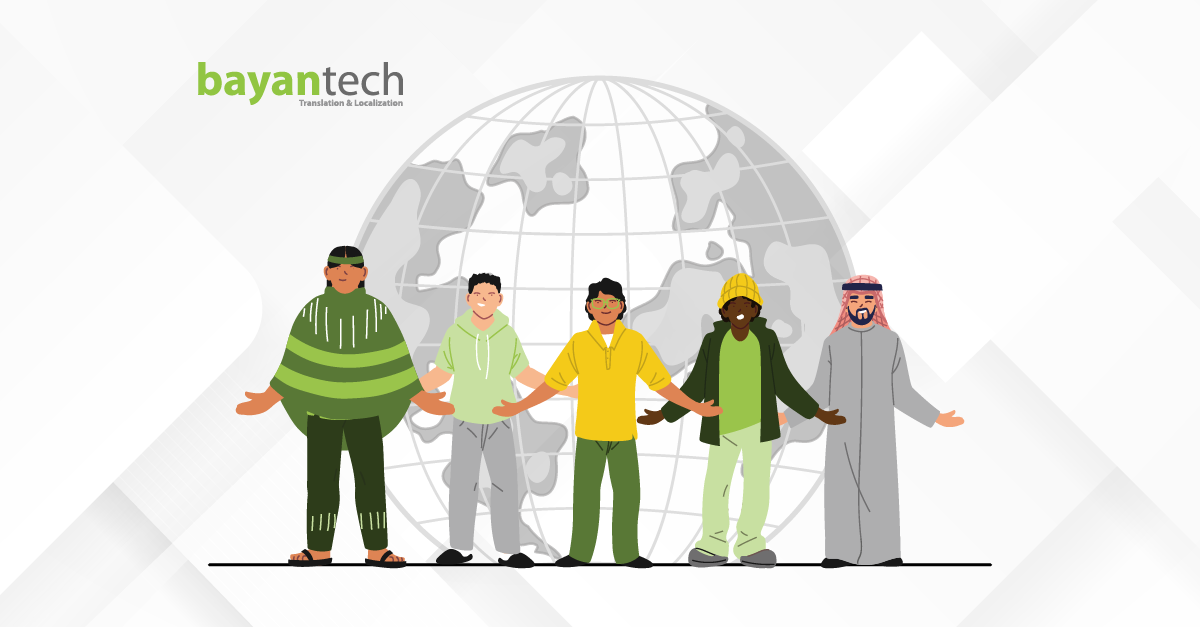Russian, Ukrainian, and Belarusian share grammar rules and are largely mutually intelligible. French, Italian, and Spanish are Romance languages, which all trace back to Latin. Arabic and Amharic are both part of the Semitic language group. So, what really determines similarity between languages? And how are languages classified? Let’s explore why understanding language types is essential for translation and localization, and for building a smart global content strategy.
An Overview of Language Classification and Types
. Genealogical Classification (Based on Origin)
This classification groups languages by tracing those that evolved from a common ancestral language. For example, Romance languages like French, Italian, and Spanish all descend from Latin. German and English belong to the Germanic language family, while Celtic languages include Irish and Scottish Gaelic. All of these families belong to the Indo-European language group, languages that are spoken in Europe and parts of Asia.

. Regional Classification
This brings us to language classification based on region. For example, Afroasiatic languages are languages that originated in North Africa and the Arabian Peninsula and include Egyptian, Amazigh, and Chadic. Sino-Tibetan languages are spoken across Central, East, South, and Southeast Asia and include Chinese and its dialects, Burmese, and Tibetan.
Austronesian languages are spoken across the Indonesian archipelago, the Philippines, Madagascar, much of Malaysia, Taiwan, parts of mainland Southeast Asia, and many islands in the Central and South Pacific. These include Tagalog, Waray-Waray, Malay, and Malagasy (spoken in Madagascar).
. Typological Classification (Focuses on Structure)
This method classifies languages based on their structural features, grouping together languages that share similar characteristics. Linguists consider various aspects in this type of classification.
One major form of typological classification is based on word formation:
- Isolating (or Analytic) Languages: These languages have words made up of single morphemes, with little to no inflection. Examples include Chinese and Vietnamese.
- Inflecting (or Fusional) Languages: In these languages, word forms change to express grammatical relationships such as tense, gender, or voice, usually through endings, for example, he, him, his.
- Agglutinating Languages: These languages form words by stringing together morphemes, each with a distinct grammatical meaning. Examples include Turkish, Finnish, and Japanese.
Another form of typological classification looks at sentence structure. For instance:
- SVO (Subject-Verb-Object): Like English – Hasnaa bought a dress.
- VSO (Verb-Subject-Object): Like Arabic – اشترت حسناء فستان.
Languages can also be classified by text direction:
- Left-to-Right (LTR): Such as French and German
- Right-to-Left (RTL): Such as Urdu and Persian (Farsi)

Natural vs Constructed Languages
Another way to classify languages is by distinguishing between natural and constructed languages. While both are human-made, the key difference lies in their development: natural languages evolve organically over time as tools for communication, like English, Spanish, and Mandarin.
Natural languages can be further divided into two categories: spoken and written.
- Spoken languages are living, evolving forms of communication. They tend to change more rapidly and often include dialects, such as Mandarin, Egyptian Arabic, and Swahili.
- Written languages are no longer spoken in everyday conversation but still serve specific purposes, often in religious, academic, or historical contexts, like Latin and Coptic.
On the other hand, constructed languages (or conlangs) are deliberately invented. These languages are fully developed with their own grammar and vocabulary. Some even have active speaker communities, like Esperanto, Elvish, and Dothraki. While not widely used in daily communication, constructed languages often serve creative and cultural roles in branding, fiction, and world-building, like Klingon from Star Trek or Dothraki from Game of Thrones.
Endangered and Indigenous Languages
Indigenous and endangered languages are regional language types that carry deep cultural and historical significance. For example, Māori is the language of the Indigenous people of New Zealand. Similarly, Brazil is home to around 200 Indigenous languages, many of which are endangered. Acknowledging these languages—and making efforts to preserve and translate into them—means preserving culture and showing respect to the country’s Indigenous communities.
Programming and Machine-Readable Languages
In today’s digital world, programming languages like Python, Java, and C++ are just as important as spoken languages. Markup languages such as HTML and scripting languages like JavaScript form the backbone of the content we see online.
These languages are integral to the translation and localization process, especially in services like software and gaming localization, where adjustments are made for spacing, alignment, and character limits in different languages.
Moreover, machine-readable languages play a crucial role in automating translation and localization through machine learning tools, making them essential for efficient localization in software and gaming.
Why Are Languages in a Constant State of Evolution?

- The evolution of language types has always been shaped by social interactions. Migration, trade, and even colonization have played significant roles in shaping the global language map.
- Technology and media are also major forces behind language evolution. Terms like “DMing,” “posting,” and “streaming” are directly linked to social media and constantly evolve as technology advances.
- Generational shifts also impact language. The transition from Boomer to Millennial to Gen Z brings new words and phrases into common use, while others fade away or take on entirely new meanings and connotations.
- Loanwords (words borrowed from other languages) exist in every language. This practice often occurs due to social interactions, as mentioned above, or because the borrowing language lacks an equivalent term, like emoji and sushi, borrowed from Japanese.
Understanding Language Types Means Better Planning for Businesses
Adapting content to align with regional language types and cultural preferences is crucial for building authentic connections with global audiences. What resonates in one country can easily miss the mark in another if the language or tone doesn’t reflect local cultural nuances.
That’s where effective localization comes in. Companies like Netflix have demonstrated how tailoring content to incorporate local slang, humor, and preferences can make a huge positive impact.
And using tools like translation management systems (TMS) helps streamline the localization process, making it easier to manage multiple languages while ensuring the message remains culturally relevant and consistent across regions.
FAQs About Types of Languages
- What are the main types of languages?Languages can be categorized into natural, constructed, programming, and machine-readable languages.
- Why is language classification important?Understanding language classification helps businesses navigate cultural and linguistic nuances, ensuring effective translation and localization strategies.
- What are endangered languages?Endangered languages are those at risk of disappearing due to declining numbers of speakers, like Cajun French and Māori.
- How do programming languages fit into localization?Programming languages play a crucial role in adapting software and digital platforms for global markets, ensuring seamless localization and user experience.
Translate and Localize with bayantech in All Language Types!
At bayantech, we offer translation and localization services for almost all the languages mentioned in this article. Our expert team of native translators specializes in delivering accurate, culturally sensitive translations tailored to your specific needs.
Contact us today to get a free quote and discover how we can help elevate your global presence!







